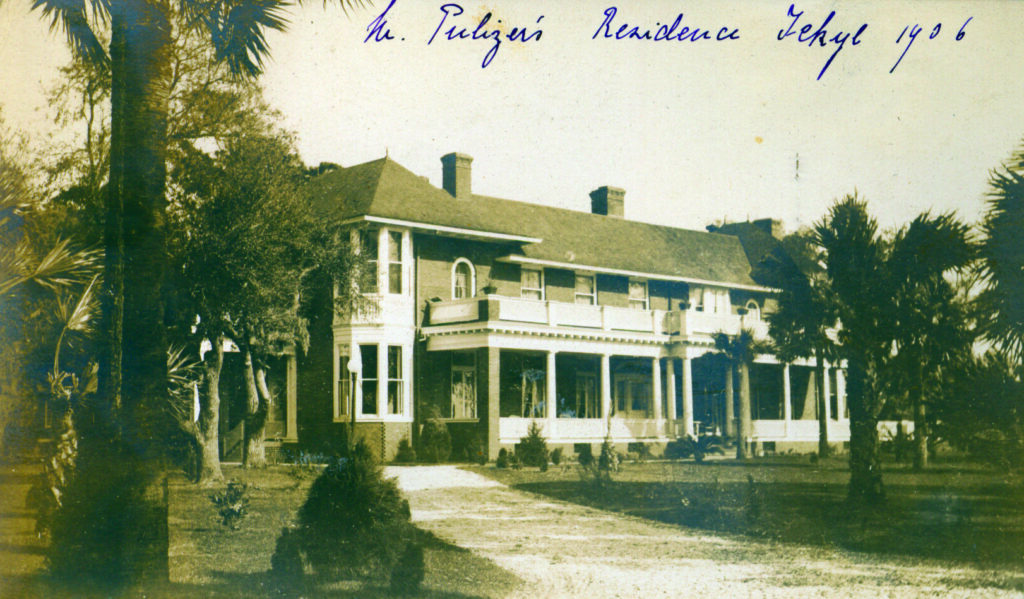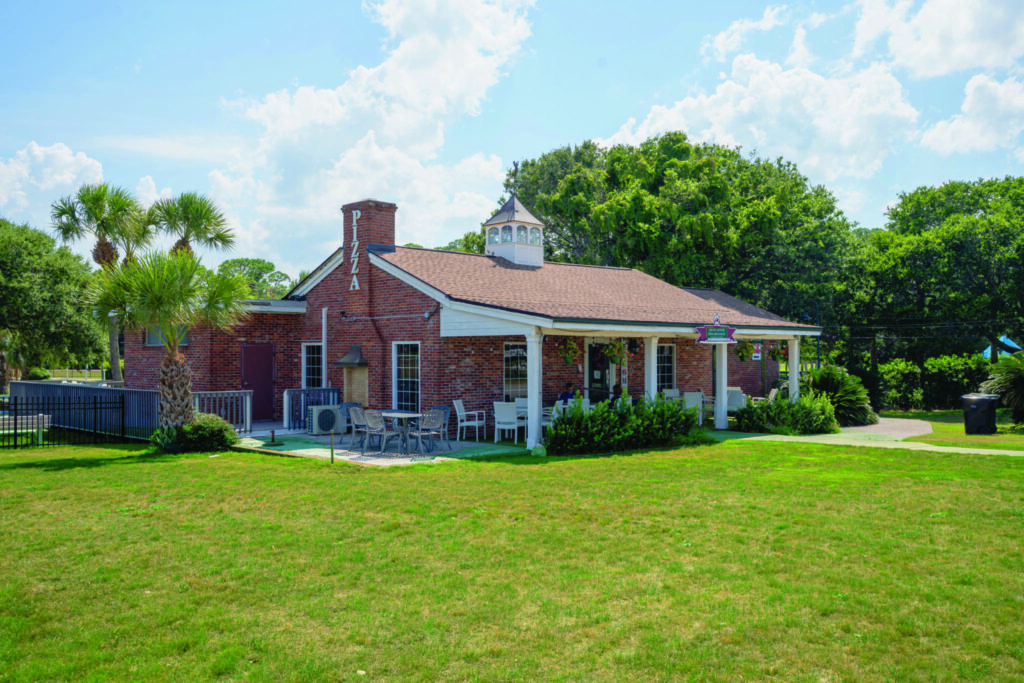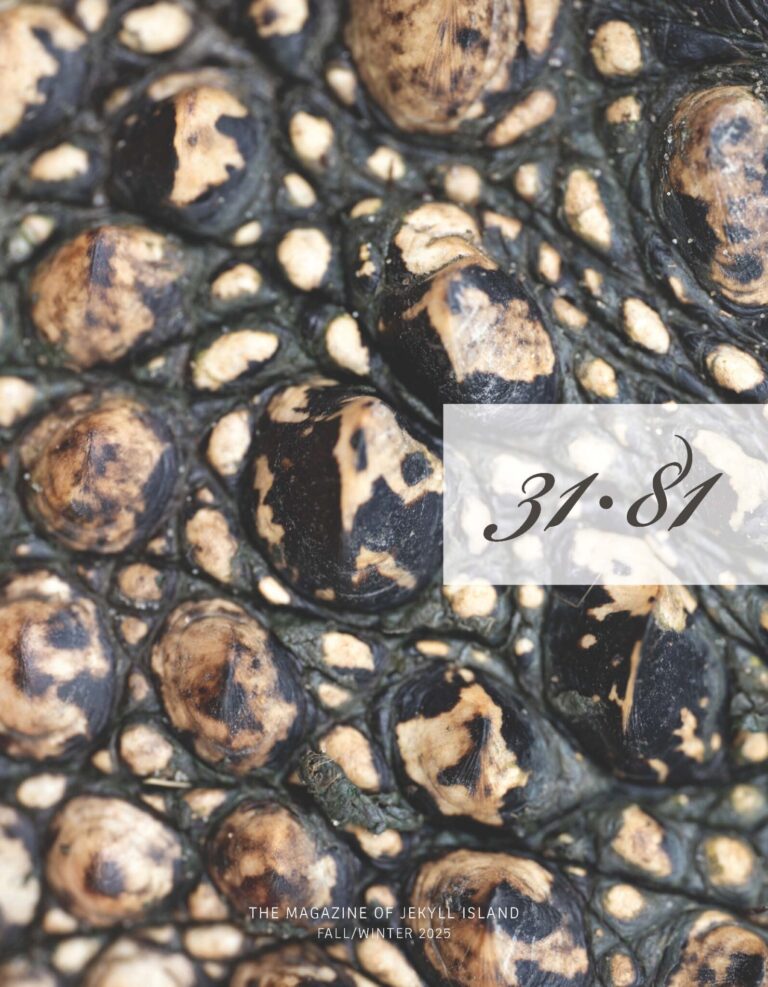Bricks from a once-stately cottage find a new home
By Nicole Letts
Joseph Pulitzer was a visionary in American journalism. Beyond his success in newspaper circulation as the publisher of the New York World, Pulitzer’s enduring legacy is marked by his profound contributions to education and the arts, including an endowment to create the Columbia School of Journalism, the Pulitzer Prizes, and more. He also left a legacy on Jekyll Island as one of 53 of the 1896 charter members of the exclusive Jekyll Island Club, among other notable bold-faced names like J.P. Morgan, William K. Vanderbilt, and William Rockefeller.
Pulitzer found such enjoyment in the island that he commissioned Charles Alling Gifford to design the impressive Pulitzer Cottage as a winter retreat on the north side of Moss Cottage in the Millionaire’s Village. Built between 1897 and 1898, and later expanded in 1899 and 1904, photos and documents reveal the cottage became an ever-expanding architectural oddity as Pulitzer desperately tried to win over his wife, Kate who notoriously despised the island’s heat and bugs.

The 26-room house rambled without a coherent design as Pulitzer continuously added rooms and improvements in his futile attempts to make Kate comfortable. Even with the changes, Kate never shared his passion for the retreat. Although his last visit was in 1909, and he ultimately passed away in 1911 en route to Jekyll Island on his yacht “Liberty,” his significant connection to the island remained. The cottage later passed to coal magnate John J. Albright after Pulitzer’s death, thereafter becoming the Pulitzer-Albright Cottage.
In the 1950s, a fire deemed the cottage unsalvageable, and it was demolished. Its bricks, however, were extensively reused throughout other island projects. Notably, these salvaged bricks constructed the Great Dunes Golf Course clubhouse, which is now home to Red Bug Motors Pizza. “The bricks have a distinctive mottled look because they are from the early 20th Century. [They are] soft-fired, red clay bricks; the entire exterior of the structure is clad in them,” says Taylor Davis, the historic preservationist for the Jekyll Island Authority. In addition to the Great Dunes clubhouse exterior, several other buildings, such as a bike barn and some of the brick mini golf structure, are also outfitted with the bricks.

Davis explains that leaving materials as near to their original intended use and location maintains their authenticity, preserves their history, and keeps them accessible for future generations, saying, “That material was selected, constructed, and lived a life on a property, and I think it’s very important that it continues its story.” While ideally, the building would remain in its original place and form, the reuse of its materials, such as the Pulitzer bricks, allows for continuing its historical narrative and provides links to the past that people can still see and touch today.


